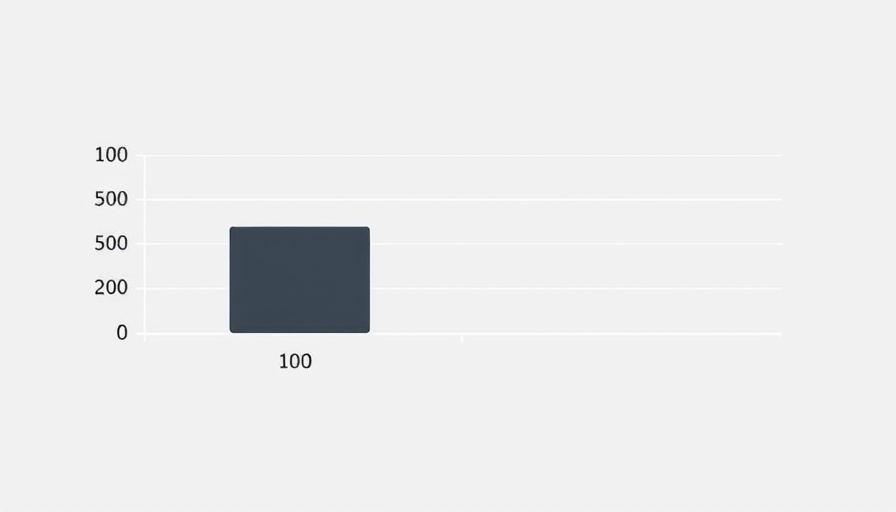
Understanding the Threat of Misleading Data Representations
In an age where data is predominantly visual, the importance of accurate representation cannot be overstated. Misleading data visualizations, which distort information through charts, graphs, and headlines, can lead to significant misunderstandings in the corporate world. For executives and fast-growing companies in digital transformation, the ability to discern between factual data and its presentation is crucial for strategic decision-making.
Unpacking Deceptive Data Practices
Alberto Cairo’s analyses in How Charts Lie shed light on how misleading visualizations are crafted. Techniques such as truncating y-axes, overloading visuals with excessive variables, and cherry-picking data points skew the truth and can mislead even the most astute data professionals. For example, simply starting a graph at a non-zero value can exaggerate perceived trends, misinforming stakeholders and guiding companies towards faulty business strategies.
The Consequences of Data Misrepresentation
The ramifications of using misleading data can be extensive. Companies that rely on deceptive visuals for presentations may face diminished trust from employees, clients, and investors alike. When decision-makers are led astray by false narratives presented through appealing graphics, there are real risks—ineffective marketing strategies, missing out on vital market trends, or worse, compliance-related legal issues.
Recognizing Common Pitfalls
To safeguard against data deception, it's essential for business leaders to familiarize themselves with common visual tricks. This includes avoiding:
- Overload of Information: Too many variables can confuse rather than inform.
- Improper Scaling: Always ensure that visual scales are appropriate to maintain accuracy.
- Cherry Picking: Omitting data points can create a skewed narrative that distorts reality.
- 3D Visualizations: Often confusing, these can misrepresent comparative values.
How to Promote Data Integrity
For organizations that prioritize integrity in data representation, implementing best practices is vital. This includes:
- Commit to Transparency: Being open about data sources and methodologies enhances trust.
- Educate Your Team: Foster data literacy among staff to equip them to critically evaluate visual data.
- Seek Professional Help: When in doubt, consult data visualization experts to create accurate representations.
The Future of Data Visualization
Going forward, as technology continues to evolve, the challenge of misleading data visualization will likely grow. AI tools are increasingly capable of generating compelling visualizations that could further obfuscate the truth. Organizations must remain vigilant and proactive in combating these trends.
In a fast-paced, data-driven world, the power of accurate, honest data representation can determine a company's success. Staying educated on the potential pitfalls of data visualization not only avoids misinformation but also fosters a culture of integrity and informed decision-making.
To sum up, in a landscape filled with data, the ability to decipher and understand the nuances of visualizations is more crucial than ever. By ensuring clarity and honesty in data presentation, leaders can make informed choices that will guide their organizations toward sustainable growth.
 Add Row
Add Row  Add
Add 


Write A Comment